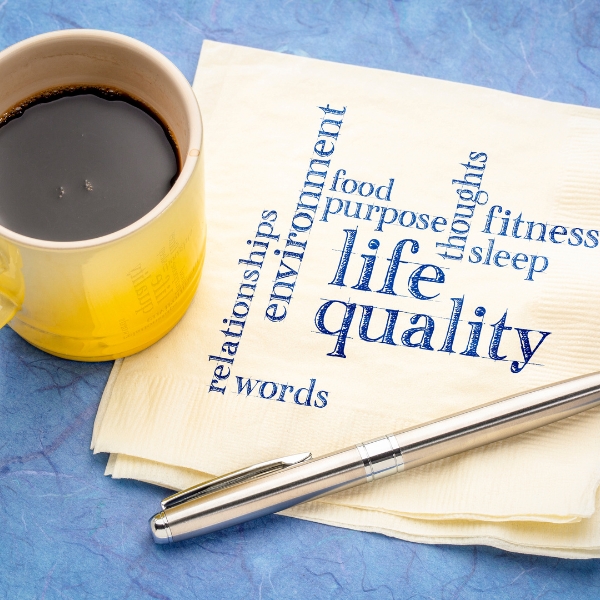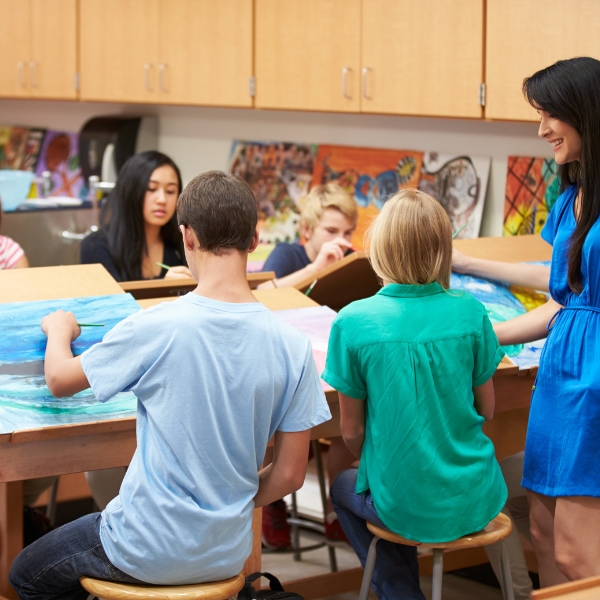The Impact of Arts and Culture Investment on Community Vibrancy
The Impact of Arts and Culture Investment on Community Vibrancy
In today’s rapidly evolving world, the importance of arts and culture investment on community vibrancy cannot be overstated. Communities that prioritize these investments witness not only aesthetic enhancements but also economic growth, social cohesion, and an enriched quality of life for their residents. The impact of arts and culture investment on community vibrancy is multifaceted, permeating various aspects of daily life and fostering a sense of belonging and identity among community members. This blog will explore how strategic investment in arts and culture can transform communities and enhance the overall vibrancy of areas, making them more attractive for both residents and visitors alike.
Economic Development Through Arts and Culture
One of the most significant impacts of arts and culture investment on community vibrancy is the boost it gives to local economies. When communities invest in cultural projects, such as theaters, galleries, and public art installations, they create jobs and stimulate economic activity. Arts and culture not only create employment opportunities directly within the creative sector but also stimulate related industries such as hospitality, tourism, and retail. Here are several ways through which economic development is achieved:
- Job Creation: Cultural institutions often require staff for various roles, including management, marketing, and service positions, leading to job creation.
- Tourism Attraction: Vibrant arts scenes attract tourists, contributing to the local economy through spending on accommodations, dining, and entertainment.
- Enhanced Property Values: Areas with a rich cultural fabric often see increased property values, benefiting homeowners and the city’s tax revenues.
Moreover, community events such as festivals and art fairs draw crowds, offering local businesses a chance to showcase their products and services. This cycle of investment and return is crucial for fostering a sustainable and vibrant community, demonstrating that the impact of arts and culture investment extends far beyond the immediate project, resonating throughout the entire locality.
Social Cohesion and Community Identity
Beyond economic benefits, the impact of arts and culture investment on community vibrancy plays a significant role in fostering social cohesion and enhancing community identity. Art has a unique ability to bring people together, breaking down barriers and creating common ground. When communities engage in cultural activities, they foster relationships among residents, promoting inclusivity and diversity. The following are key aspects of how arts and culture contribute to social cohesion:
- Community Engagement: Participatory art projects and cultural initiatives encourage residents to collaborate and connect, fostering a sense of ownership and pride in their community.
- Cultural Exchange: Arts programs often celebrate cultural diversity, encouraging dialogue among different groups and fostering mutual respect and understanding.
- Shared Experiences: Events such as concerts, plays, and exhibitions provide shared experiences that create lasting memories and strengthen community bonds.
As communities invest in arts and culture, they create spaces where people can freely express themselves and share their stories. This creative expression is vital for community identity, as it allows residents to celebrate their unique backgrounds and traditions while also encouraging a dialogue about shared values and aspirations. Ultimately, the investment in arts and culture serves as a catalyst for forging a strong community fabric that enhances overall vibrancy.
Quality of Life and Well-being
The impact of arts and culture investment on community vibrancy extends to the quality of life and well-being of individuals. Engaging with the arts has been shown to have significant mental health benefits, fostering emotional resilience and reducing stress levels. Communities that prioritize cultural investment often see improvements in overall well-being, as various forms of artistic expression can enhance life satisfaction. The following points illustrate how arts and culture contribute to quality of life:
- Enhancing Mental Health: Participating in cultural activities, whether through creation or appreciation, has been linked to reduced anxiety and depression.
- Building Skills: Educational arts programs can help individuals develop skills and talents, leading to personal growth and increased self-esteem.
- Creating Joy: Cultural experiences, from live performances to art exhibitions, bring joy and excitement to daily life, enriching the overall community experience.
When communities invest in these initiatives, they create an environment that supports creativity and exploration, ultimately enhancing the well-being of all residents. The transformative power of arts and culture underscores the notion that investment in these areas is not merely an expense but a significant contributor to the vibrancy and vitality of the community.
Call to Action
As we have explored, the impact of arts and culture investment on community vibrancy is profound and far-reaching. From economic development to social cohesion and enhanced quality of life, the benefits of such investments are clear. Communities that recognize and embrace the importance of arts and culture create a vibrant and inviting atmosphere that attracts residents and visitors alike.
If you are part of a community seeking to enhance its vibrancy through arts and culture investment, consider reaching out to local organizations or businesses dedicated to promoting these initiatives. By collaborating with local artists, cultural institutions, and community leaders, you can help foster a thriving environment where creativity flourishes and community bonds strengthen. Explore the potential of arts and culture investment to transform your community today!
Keywords: arts and culture investment, community vibrancy, impact of arts, cultural engagement, local economy growth, vibrant communities, arts funding, creative spaces, cultural diversity, community well-being, economic development, arts education, public art initiatives, cultural events, community collaboration
popular news & articles
The Connection Between Sleep Quality and Overall Health Sleep is […]
How Storytelling Nights and Open Mic Events Unite Diverse Voices […]
Suffolk County, known for its picturesque landscapes and vibrant communities, […]
Community Partnerships Creating Safety Nets for At-Risk Youth In today’s […]
news via inbox
Stay Connected

The Honorable Paul J. Tonna is a distinguished public servant, community advocate, and seasoned leader with a career marked by dedication to environmental sustainability, social equity, and community development. Serving as a Suffolk County Legislator for twelve years, including three years as Presiding Officer, Tonna played a pivotal role in advancing public health, environmental conservation, and workforce housing initiatives… Read More
Learn more about Paul Tonna at his website PaulTonna.com
Related Articles
Paul Tonna serves as Molloy College’s Executive Director for The Energeia Partnership, a leadership academy dedicated to identifying and addressing the serious …
The Honorable Paul Tonna serves as Vice Chairman and Executive Vice President of Corporate Affairs for American Health Group.
Paul Tonna joined the South Huntington Water District as a Commissioner in March, 2006, bringing with him a diverse background including experience in …
Mr. Paul Tonna is a former healthcare executive, elected official, and university adjunct professor. Paul currently serves as executive director of Molloy College’s leadership academy, The Energeia Partnership, Suffolk County…
Paul Tonna, Managing Partner, Fun Facts, Deborah Young, Director of Operations & Finance, Fun Facts, Patricia Miller, Partner, Real Estate Development.
Paul J. Tonna – Public Service Leader and AERTC Advisory Board Member | Championing Sustainable Energy Solutions and Community Development.










